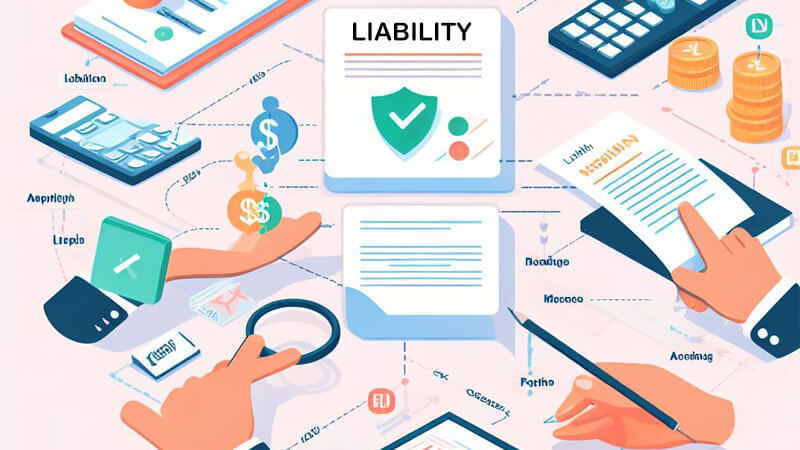A liability is a financial obligation or debt that an individual, organization, or entity owes to another party. It represents a responsibility to pay a specific amount in money, goods, or services at a future date or under certain conditions. Liabilities are a fundamental concept in financial accounting and are recorded on a balance sheet, providing a clear view of an entity’s financial commitments and obligations.

Key features of liabilities include:
Types of Liabilities: Liabilities can take various forms, including accounts payable (money owed to suppliers), loans, bonds, mortgages, salaries payable (wages owed to employees), and more. Each type of liability represents a specific financial obligation that must be settled in the future.
Balance Sheet: Liabilities are one of the two primary categories on a balance sheet, the other being assets. The balance sheet offers an overview of a company’s financial position at a specific point in time, listing its assets, liabilities, and shareholders’ equity.
Current and Non-Current Liabilities: Liabilities are often categorized into current and non-current (or long-term) liabilities. Current liabilities are debts expected to be settled within one year, while non-current liabilities have longer maturities.
Contingent Liabilities: In addition to recognized liabilities, there are contingent liabilities. These represent potential obligations that may arise if specific events occur, and they are disclosed in financial statements.
Liabilities are crucial for assessing an entity’s financial health and risk. They are examined by investors, creditors, and financial analysts to evaluate an organization’s ability to meet its financial commitments and its overall financial stability.
It’s important to differentiate between assets and liabilities in accounting. Assets represent what an entity owns and possesses value, while liabilities represent what it owes and reflect its financial obligations. The balance between these two categories, along with shareholders’ equity, helps determine a company’s net worth or financial position.
Liabilities are essential for responsible financial management. They encompass financial obligations, debts, or responsibilities that individuals or organizations have toward other parties, and they are a fundamental aspect of financial accounting and financial analysis.

